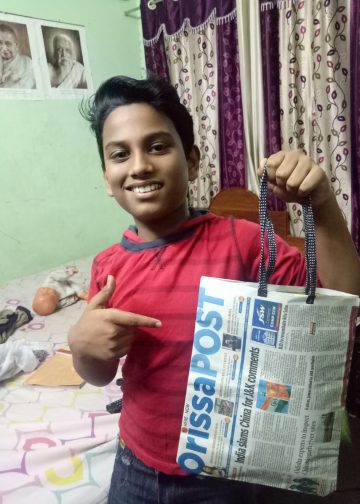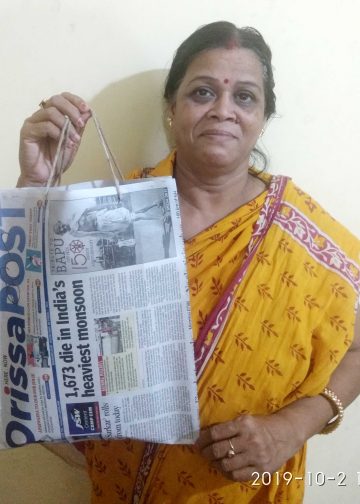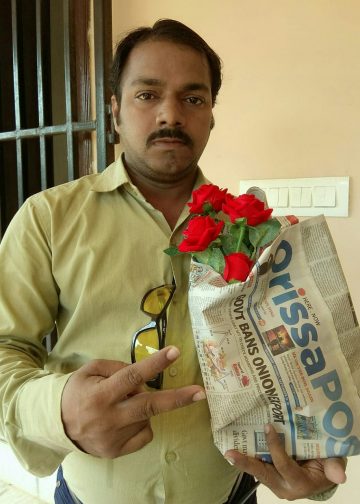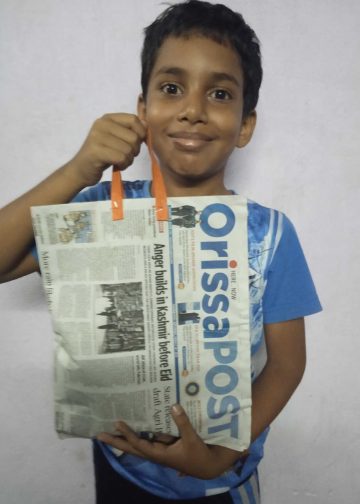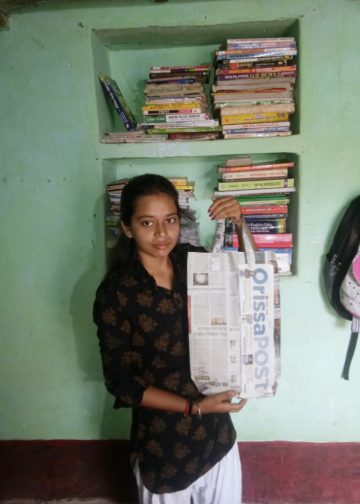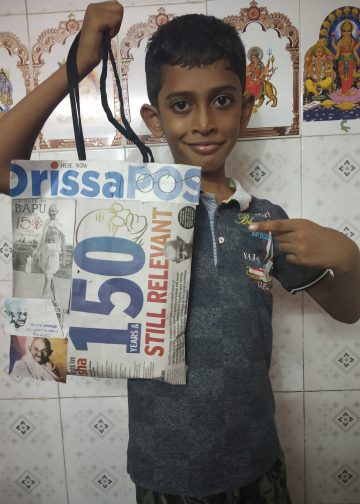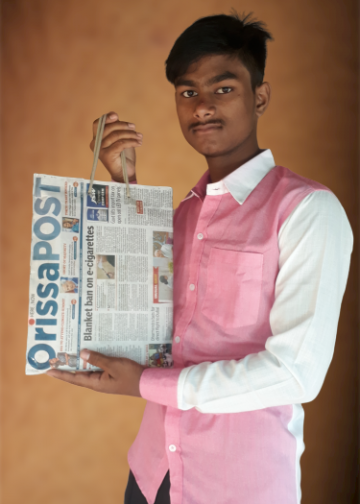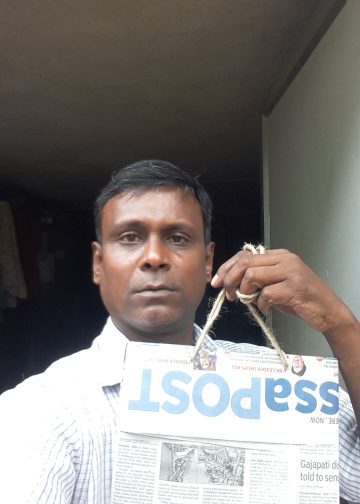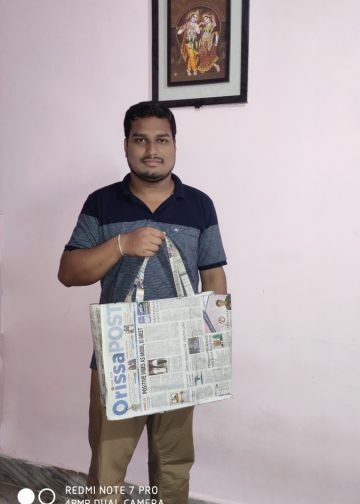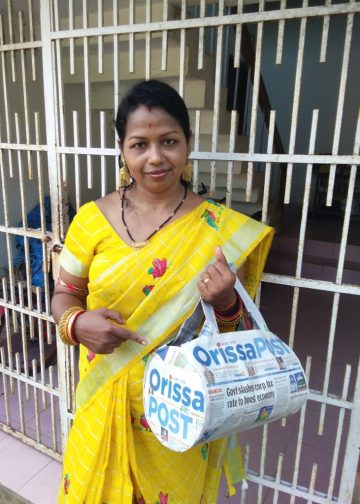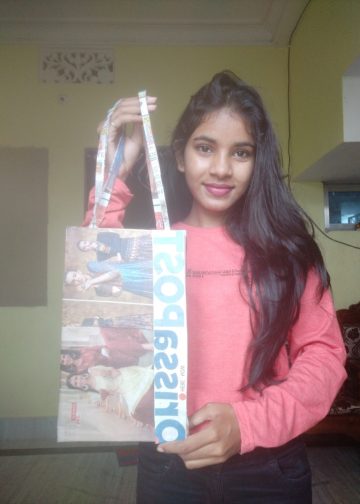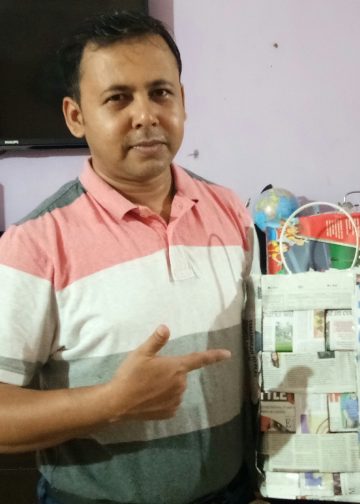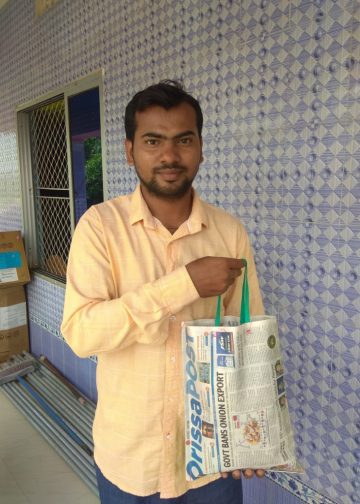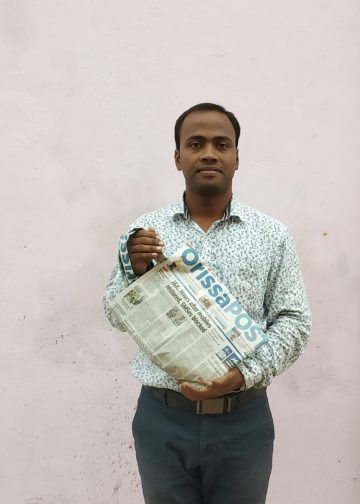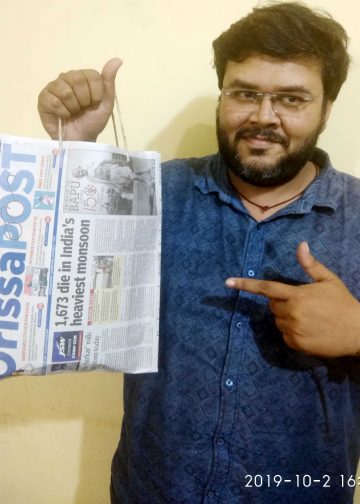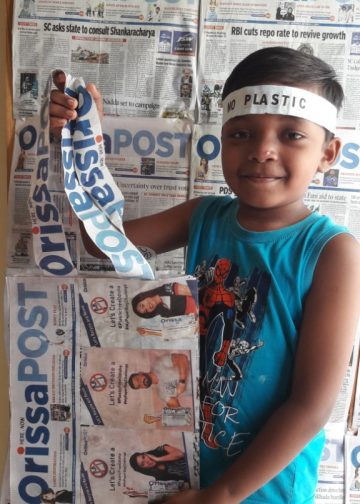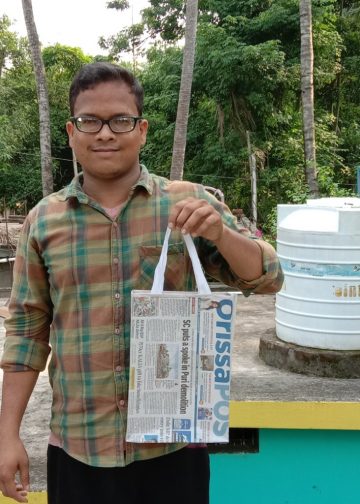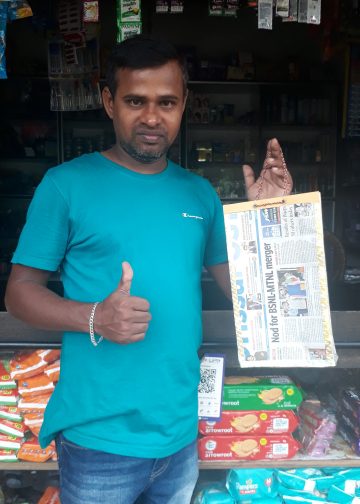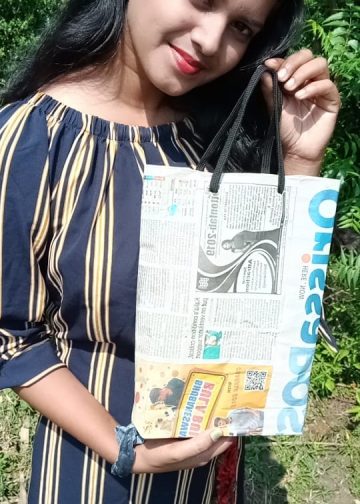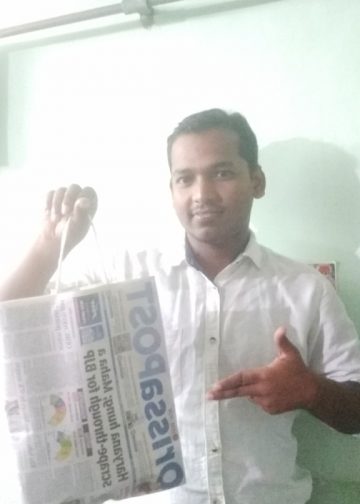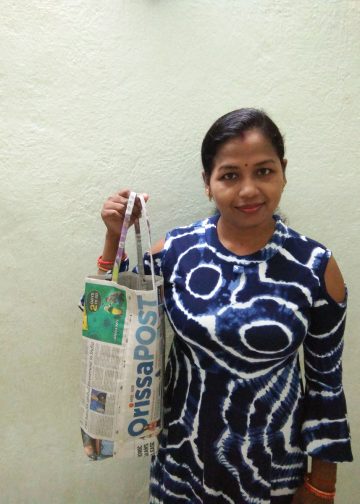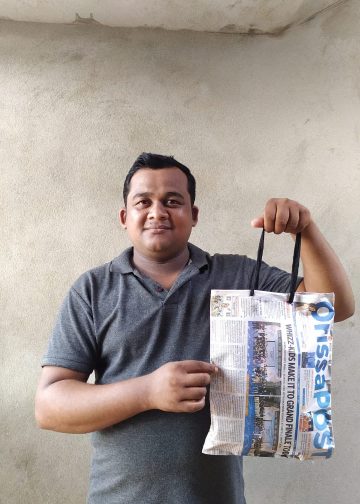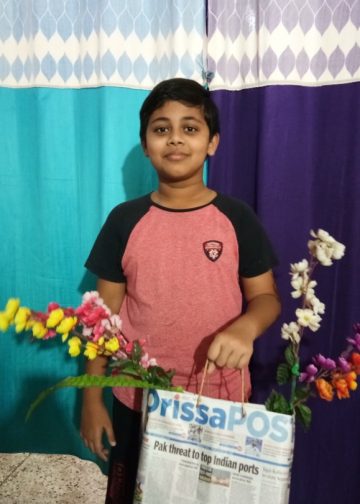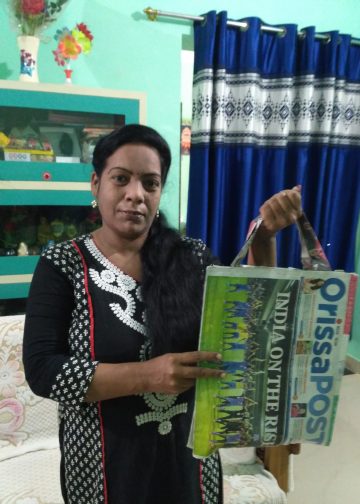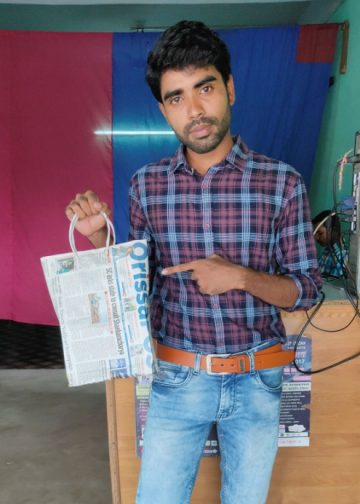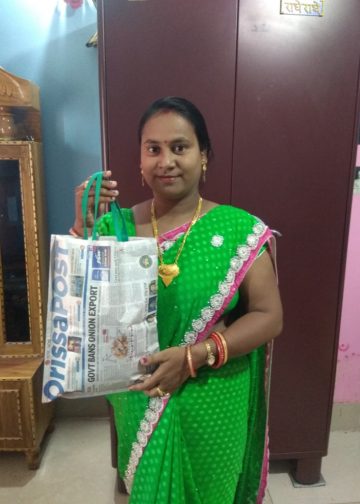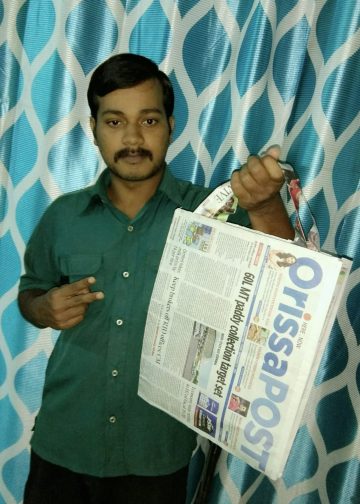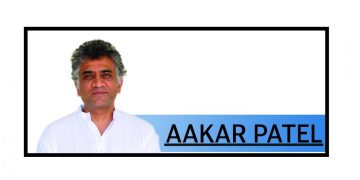Himanshu Guru
Fashion designer Benorita Dash visited several villages in western Orissa to discover the roots and essence of ikkat, a dyeing technique she is committed to promoting and popularising…
The traditional handlooms and textile designs of Orissa enjoy a wide acceptability worldwide, thanks to their distinctive patterns of weaving designs. While Sambalpuri is famous not only in India but also around the globe, ikkat, a dyeing technique common in western Orissa, is also popular overseas. The technique has attracted the attention of many students and researchers but few take the pain to visit the interior pockets of western Orissa to witness the great effort that weavers put in. Fashion designer Benorita Dash, however, is not one of them. Her urge to discover the roots and essence of ikkat resulted in travels to different villages in the state. As a fashion designer her aim is to promote and popularise ikkat. Sunday POST chats with the young designer about her aims and ambitions.
In December 2016, Benorita visited different villages of western Orissa to explore ikkat. She said, “I visited a few villages in Subarnapur, Bargarh and Sambalpur districts. In Sonepur, I met weaver Biranchi Meher who described to me how his whole family works throughout the day to weave a sari in six days. He said the weavers get the yarn dyed from outside, take orders from vendors and also meet customised orders.”
“Another weaver, Bhagirathi Meher, works on a larger scale. He said that after the dyeing and winding of yarn, it is rolled in a rod and taken to the loom. He employs mainly locals and the quality of work is astounding. I bought one silk sari from him,” Benorita added.
“Ikkat is such a fabric that many marvels can be made out of it. Most ikkat weavers in Orissa belong to the Meher family and the legacy trickles down the generations. Given the rising demand for hand-woven fabric, many other communities have also entered this trade. During my visit to the villages I interacted with veteran weavers who have spent an entire lifetime to sustain the art. I also found that the weaving method differs from place to place. There are different motifs and the fabrics are named after places like Sambalpuri sari and Nuapatna silk (a place near Cuttack). The motifs are inspired by flower, tree, wheel, fish and religious symbols like conch. Weaving is a family business and one loom is shared by all family members. Ikkat is famous for its colour, design and motifs. According to the weavers, there are 4 lakh designers operating at around 1 lakh looms in the state. However, the introduction of power looms has made products cheaper and hampered the financial prospects of manual weavers,” said Benorita.
“Ikkat is a resist dying technique in which resist dye, formed by binding individual yarns with a tight wrapping, is applied in the desired pattern. The yarns are then dyed. The binding may then be altered to create a new pattern and the yarn dyed again with another pigment. Weavers repeat this multiple times to get the elaborate, multi-coloured pattern. The binding removes once the dye is done. In other resist dying techniques such as tie-dye and batik, the resist is applied to woven cloth, whereas in ikkat the resist is applied to the yarn before they are woven into cloth. Surface design is created in the yarn rather than on the finishing cloth,” she added.
Asked if she faced difficulty in communicating with the weavers, Benorita said: “Initially, I faced difficulty to understand the language but one Sitararam helped me with the interpretation part and soon everything became easy.”
Dwelling on her love for ikkat, the fashion designer said: “Since childhood whenever I saw beautiful ladies around me, including my mother in those blurry textured fabric, I got fascinated. Later I came to know it is called ikkat. In a nutshell, I can say the pattern texture colour and finishing of the fabric attract me and drive me to explore it further as a designer.”
Benorita said ikkat is an old method of adding dyed designs to fabric. “Being a passionate designer I try to include ikkat in my products. And if it’s not in the form of textile, I try out print techniques. Ikkat is known for its finesses and exquisite craftsmanship. Historical research has evidence that it has roots in much of Asia and Africa. Research reveals that the world ‘ikkat’ word is derived from ‘Magnikat’ in the Malayan language. It means to ‘tie or bind’.”
Daughter of Puspashree and Bijan Dash, Bhubaneswar-based Benorita passed high school from Saraswati Vidya Mandir and Plus II from Biju Patnaik College. She completed an advanced diploma in designing from IIFT, Bhubaneswar, and later joined AIFT, Bangalore for a bachelor’s in design. At present, she is a master’s student at Lovely Professional University in Chandigarh. Her father is an SBI official and brother, Bismaya, an HR Manager.
Technically, Benorita excels in Photoshop, Illustrator, Indesign and lightroom, while she is also good in photography, up-cycling, hand-painting and the design process. She has worked as a faculty at NIFD, Bhubaneswar, for a brief period in 2014 during which she taught pattern making, embroidery, jewellery making and the design process. Later she became the section in-charge of FABINDIA and was placed in Whitefield, Bangalore, in 2015. The designer has organised her own fashion shows in Bangalore.





